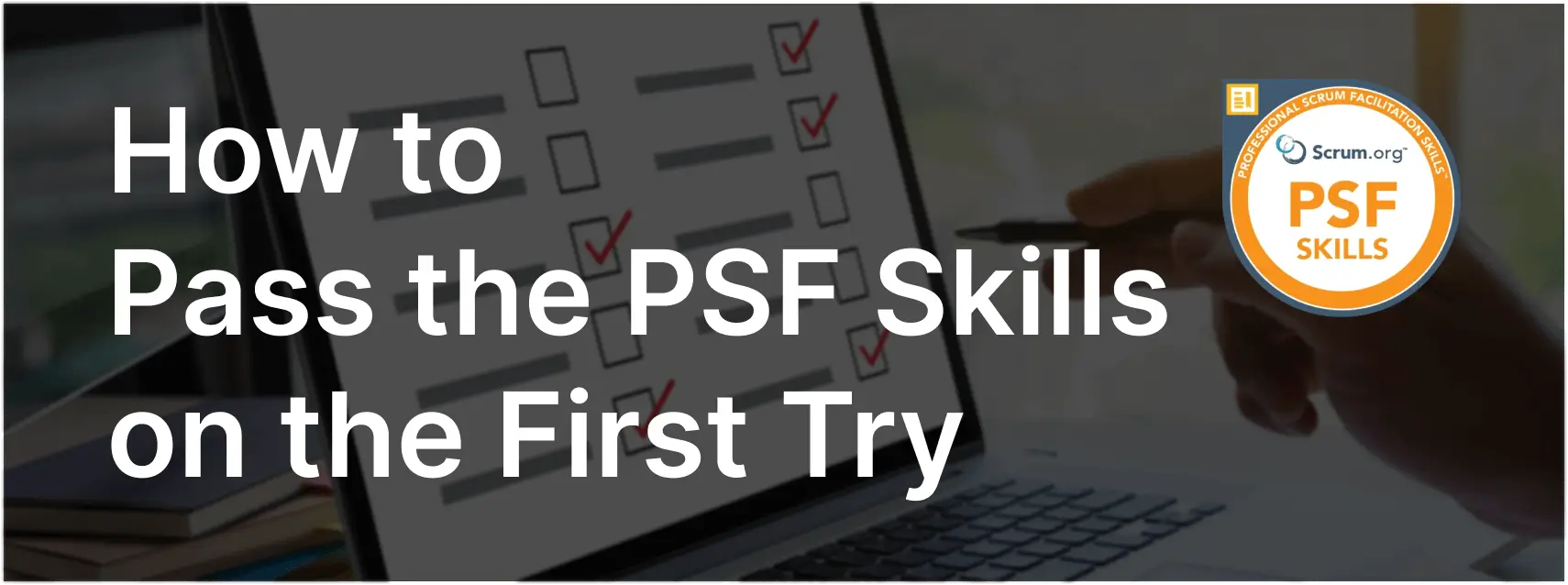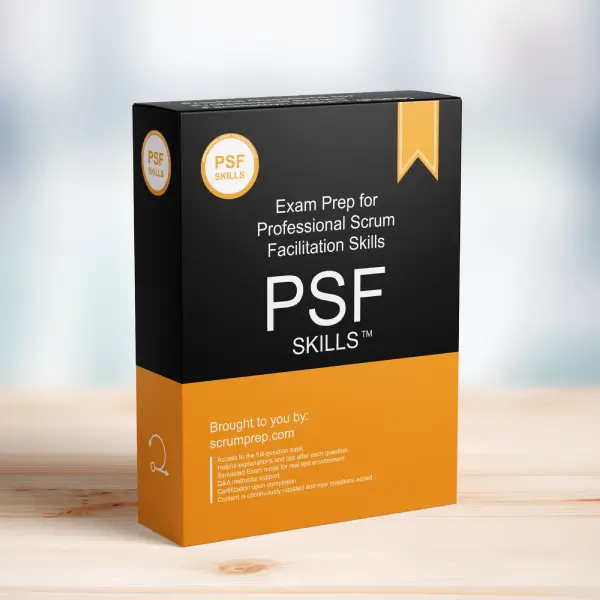Encouraging Participation in a Sprint Retrospective
Facilitating a Sprint Retrospective effectively involves ensuring that all team members, including the less vocal ones, have the opportunity to contribute.
Exam Question
You are facilitating a Sprint Retrospective and you observe that one team member does not speak much. This person is known to be shy. What can you do to encourage participation by the less vocal team members?
(choose the best answer)
A. You respect their silence and are confident that they will speak when they want to.
B. Use an inclusive technique such as a 1-2-4-All that gives everyone in the group a chance to have their ideas heard.
C. You address the person directly by pointing out that they have not said much.
D. Create a retrospective board.
Correct Answer
B. Use an inclusive technique such as a 1-2-4-All that gives everyone in the group a chance to have their ideas heard.
Explanation
Correct Answer
B. Use an inclusive technique such as a 1-2-4-All that gives everyone in the group a chance to have their ideas heard:
The 1-2-4-All technique is a structured facilitation method that ensures everyone in the group can contribute. It starts with individuals reflecting on the question or topic alone (1), then discussing in pairs (2), followed by groups of four (4), and finally sharing with the entire group (All). This method is particularly effective in encouraging participation from less vocal team members, as it gradually builds their confidence and ensures their ideas are heard in smaller, less intimidating groups before bringing them to the larger group.
Why the Other Options Are Less Effective
A. You respect their silence and are confident that they will speak when they want to:
While respecting silence is important, it may lead to missing out on valuable insights from shy team members. It’s the facilitator’s role to create an environment where everyone feels comfortable contributing.
C. You address the person directly by pointing out that they have not said much:
Directly addressing a shy person in front of the group can make them feel uncomfortable and put them on the spot, which may discourage them from speaking up.
D. Create a retrospective board:
A retrospective board is a useful tool, but on its own, it does not specifically address the challenge of encouraging participation from less vocal team members. It needs to be used in conjunction with inclusive facilitation techniques.
Benefits of Using Inclusive Techniques
- Encourages Equal Participation: Ensures that every team member, regardless of their personality, has the opportunity to contribute.
- Builds Confidence: Gradual participation builds confidence in less vocal members.
- Diverse Perspectives: Inclusive techniques help capture a wider range of ideas and insights, leading to more effective retrospectives.
- Enhanced Team Dynamics: Fosters a sense of belonging and respect among team members.
PSF Skills Exam Insights
Understanding and applying inclusive facilitation techniques is crucial for the PSF Skills exam. This knowledge demonstrates the ability to foster an environment where all team members feel valued and heard, which is essential for effective team collaboration and continuous improvement.
Key Takeaways
- Inclusive techniques like 1-2-4-All are effective in encouraging participation from all team members.
- Directly addressing shy individuals can be counterproductive.
- Respecting silence without intervention may lead to missed insights.
- Using structured facilitation methods can enhance team dynamics and participation.
Conclusion
Facilitating a Sprint Retrospective effectively involves creating an inclusive environment where all team members feel comfortable contributing. Techniques like 1-2-4-All ensure that even the less vocal members can share their ideas and insights. For more information on preparing for the PSF Skills exam, visit our Professional Scrum Facilitation Skills PSF Skills™ Exam Prep.



